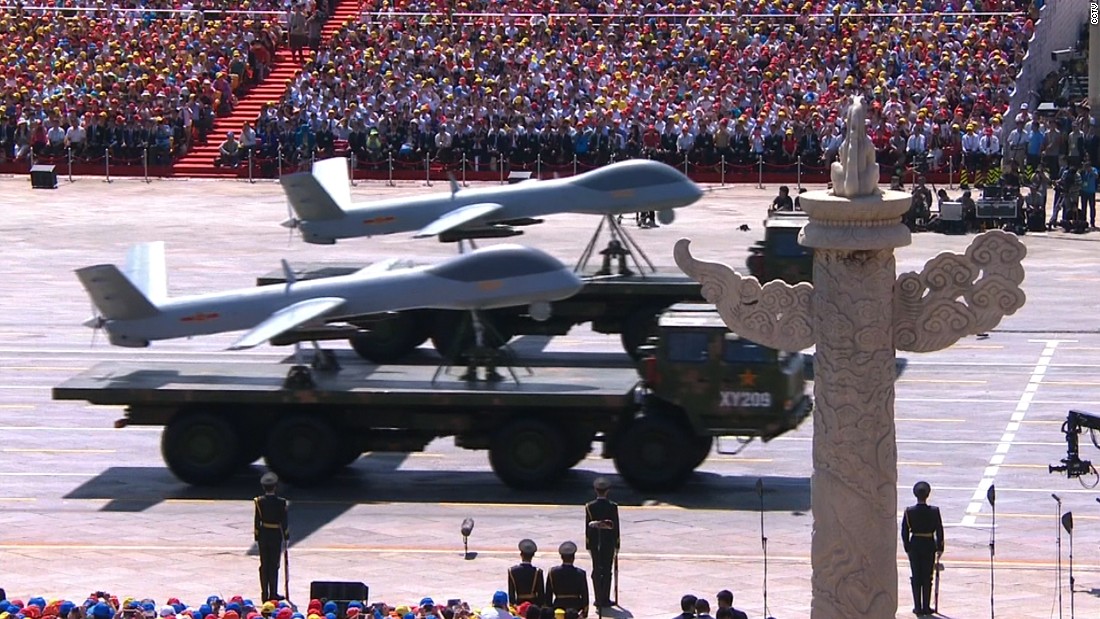Zhuhai, China – The world gets a rare glimpse of China’s newest military hardware and capabilities this week at China’s International Aviation and Aerospace Exhibition, with its J-20 stealth fighter jet expected to be unveiled to the public for the first time.
The People’s Liberation Army Air Force (PLAAF) and key players from the Chinese defense and Russian defense industry gather in the southern Chinese city of Zhuhai from Tuesday until November 6.
Hotly anticipated will be the first public demonstration flight of the J-20, a long-range, radar-avoiding stealth combat aircraft.
Developed and manufactured by the Chengdu Aircraft Industries Group, a subsidiary of aerospace prime Aviation Industry Corporation of China (AVIC), the J-20 is the country’s counter to the United States’ Lockheed Martin F-22 Raptor and F-35 Lightning II in any contest for supremacy of the skies.

Bombers, drones, helicopters
The J-20 is not the only military hardware that will be shown to the international public for the first time.
I expect to see the PLAAF’s J-10B multirole fighter jet, as well as the latest Shaanxi KJ-500 airborne early warning and control aircraft and Xian H-6K strategic bomber.
The service’s new Changhe Z-10K attack helicopter will also make its first appearance.
Unmanned systems will be another key highlight of this year’s exhibition, with imagery of a number of new surveillance and attack-capable unmanned aerial vehicle (UAVs) apparently being readied for display in Zhuhai already proliferating on Chinese defense forums and social media.
Based on these early indications, it appears that AVIC will introduce its new Wing Loong II medium altitude long endurance UAV, while the China Aerospace Science and Technology Corporation (CASC) will showcase its CH-5 UAV — a copy of the US-made MQ-9 Reaper — that made its maiden flight in August 2015.
A yet unidentified UAV has been pictured in the static display arena sporting 16 spots under its wings to carry a range of precision guided munitions.

Engines limit progress
Defense analysts have often pointed out that while China has made great strides in advancing its military aviation capabilities over the years, it remains hamstrung in the aero-engine domain.
Indeed, while it has developed indigenous engines such as the WS-10 and WS-13, the PLAAF’s top-of-the-line military aircraft continue to use Russian or Ukrainian systems.
For example, both the J-10 and J-20 are powered by modified Salyut AL-31FN series engines manufactured by Russia, although it is believed that more recent examples of the J-10 (‘B’ and ‘C’ variants) are being equipped with the WS-10 system.
The country hopes to correct this deficiency with the newly formed China Aviation Engine Group, which was incorporated in late May with a registered capital of $7.6 billion.
The company is expected to lead the development and production of powerful and reliable jet engines that have both military and commercial aircraft applications.
It’s Beijing’s most significant attempt to date to streamline domestic aero-engine research and development and brings together the financial resources and technical know-how of several state-run enterprises.
Homegrown expertise
What’s on show at Zhuhai, China’s biggest aerospace and defense show that takes place once every two years, is emblematic of China’s immense efforts to enhance the PLAAF, a process that has been under way for over two decades.
Once reliant on imports and reverse engineering of Russian combat aircraft and associated technologies in the early 1990s, the PLAAF has more recently transitioned to a phase where indigenously developed systems are entering service at an extraordinary rate.
The country’s growing air power potential has been underpinned by an ever more capable domestic aerospace industry that is gradually moving China towards self-sufficiency in terms of military aircraft research and development and production.
When taken together with strong political backing in developing the ancillary capabilities and infrastructure to support this growth, the PLAAF looks poised to effect a step-change in its ability to conduct the full spectrum of operations at home as well as projecting reconnaissance and strategic air power into the region.
As reported by CNN
